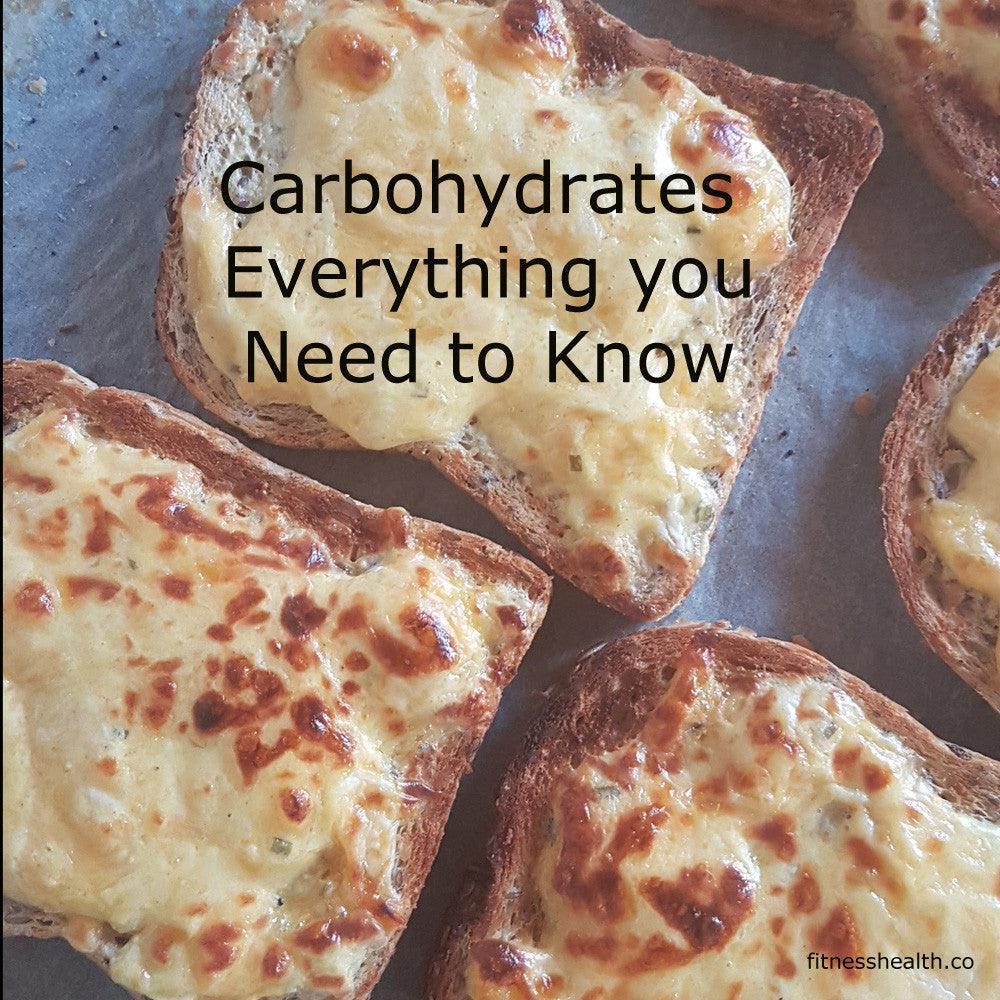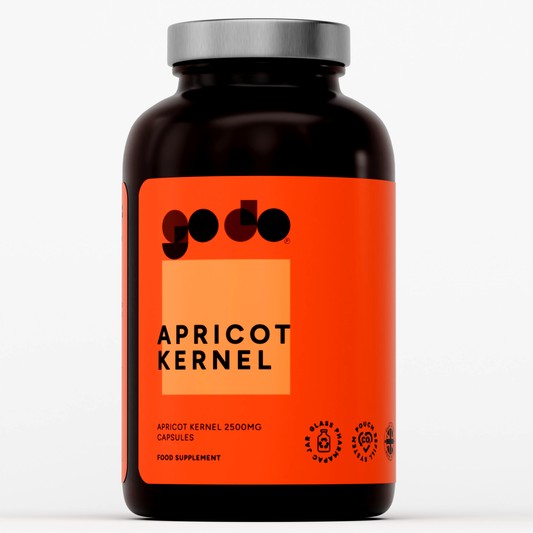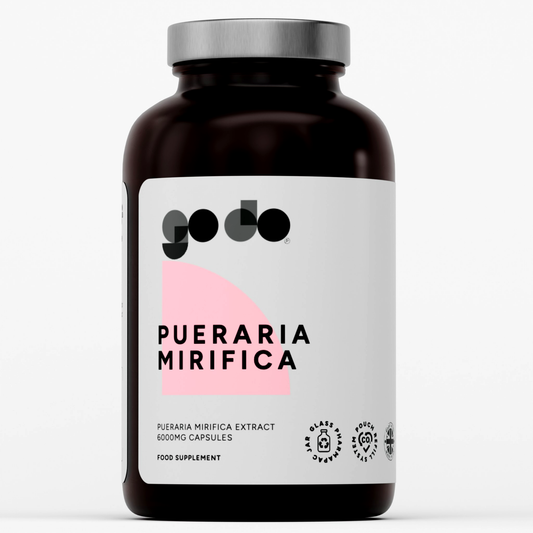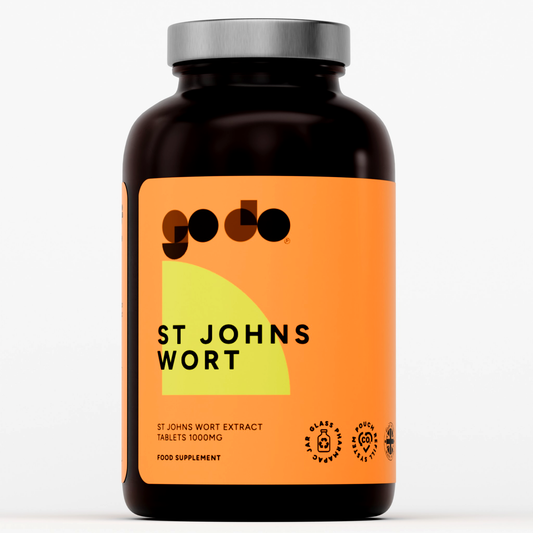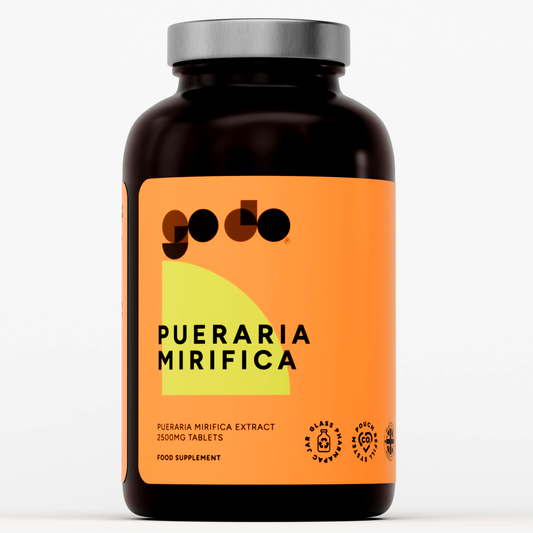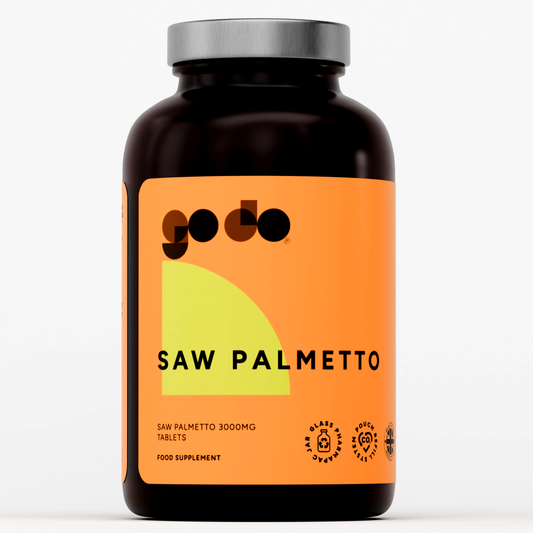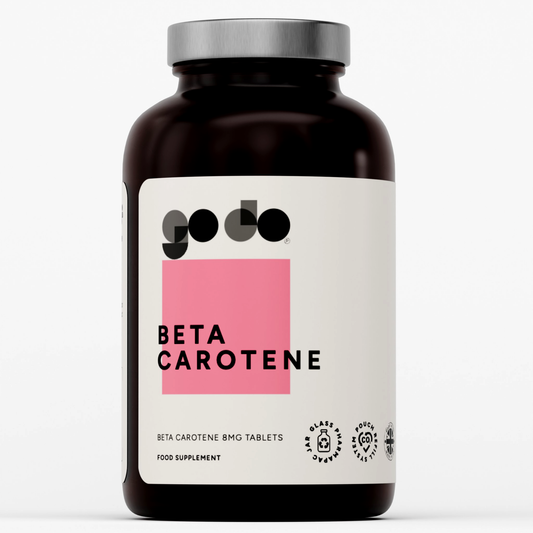
Carbohydrates are elements composed of three kinds of particles: carbon, hydrogen, and oxygen in varying numbers. For instance, glucose (the sugar present in the blood as blood sugar) has six carbon, twelve hydrogen, and six oxygen molecules. Human carbohydrate is primarily supplied by vegetable sources. Although, certain kinds of carbohydrate can be found in animal produce, and it is also possible for the liver to synthesize carbohydrate using particular protein constituents and parts of fats, namely glycerol. Carbohydrates are utilized within the body for numerous purposes. When dealing with energy uptake and exercise, carbohydrates handle four significant functions1:
- Carbohydrates provide nourishment for red blood cells and nerve cells.
- Carbohydrates provide the required fuel for skeletal muscle, specifically exercising muscle.
- When carbohydrates are digested, they set the stage for fat entrance into the Krebs cycle.
- Carbohydrates also save protein from being used as an energy fuel source during general exercise and extreme training.
The central purpose of carbohydrates is to serve as a metabolic fuel for motor neuron and nerve cells, and red blood cells. It is possible for nerves to use an alternative fuel to carbohydrate but only in restricted amounts. On the other hand red blood cells can only use glucose. Typically, the brain utilizes the blood sugar glucose virtually exclusively, and the human body puts a lot of effort into maintaining blood glucose levels within slim parameters so that the brain has access to the ideal amount of glucose.
3 The secondary role of carbohydrate in the body is to serve as a fuel source for contracting skeletal muscle during daily activities and exercise. Energy resulting from the breakdown of carbohydrate eventually commands the contractile components of the muscle itself, in addition to other biological functions. Consequently, skeletal muscle’s dependence on carbohydrate as a source of fuel intensifies gradually from rest to high-intensity exercise.
4Thirdly, carbohydrate oxidation (or carbohydrate catabolism) provides a ‘carbon primer’ for fat admission into the Krebs cycle. Fatty-acid resulting two carbon acetyl-CoA components bond with carbohydrate by-products in the Krebs cycle, leading to the breakdown of fat. Without the aid of carbohydrate primers, ideal fat digestion is not possible.
5Finally, the use of carbohydrate assists in sparing the energy provision of adenosine triphosphate (ATP) from protein, leaving it to fulfil its duty in tissue structure upkeep, restoration, and growth.
6 The simplest single-molecule component of every type of carbohydrate is the monosaccharide. The amount of these molecules bonded to one another determines the foundation for categorizing carbohydrates and improves the operational capacity of carbohydrates within the body. The word ‘sugar’ is universally used to denote both terms monosaccharides and disaccharides like sucrose (table sugar). The terms ‘complex carb’ and ‘starch’ are extensively used to refer to extended chains of monosaccharides in plant matter foodstuffs like breads, rice, and veggies.
7 Due to the complex nature of carbohydrates it is important to differentiate between them as they all have different effects on the human body. For example, there are some that quickly restore depleted muscle glycogen levels, some that maintain blood glucose levels for a period of time, and some that promote general health.
Monosaccharides
There are three such sugar molecules pertaining to this category. These are glucose, fructose, and galactose. Glucose, also identified as dextrose or blood sugar, is the most significant monosaccharide and the main one utilized by human cells. It is rapidly absorbed from food, produced in the body via the ingestion and transformation of fructose and galactose, or released from particles called polysaccharides, namely starch or glycogen. In addition, the human liver is capable of creating glucose from noncarbohydrate sources. After absorption, glucose is absorbed into the blood as an energy depot for cellular metabolism, for storing as glycogen (principally in the liver and skeletal muscle tissue), or for restricted conversion to fat in the liver. Fructose, or fruit sugar, is the sweetest-tasting sugar. Upon consumption, fructose is transported to the liver so it can be converted into glucose. Galactose can only be found in nature combined with glucose, creating lactose, the milk sugar.
8 It too, is taken to the liver for conversion to glucose. Glucose is of primary importance to physically active people for the aforementioned reasons and due to the fact that it takes more time to digest fructose and galactose.
Oligosaccharides
These compounds are the result of two to ten monosaccharides connecting together. The major oligosaccharides that exist in nature are known as disaccharides, which are composed of two monosaccharides, as the name suggests. Disaccharides come into being once a glucose particle binds with fruit sugar to create sucrose, with galactose to create lactose, or with another glucose to create maltose. Sucrose, or table sugar, is the most common disaccharide, and is abundant in nearly all carbohydrate foods but is specifically widespread in extremely processed foods. Lactose, is the least sweet disaccharide that can be found in milk produced by the mammary glands in mammals. Maltose can be found in grain produce such as cereal and rice. As a group, mono- and disaccharides are called the simple sugars. They are packaged under a variety of different terms, like fruit syrup, corn syrup, and barley malt, among others.
9 Polysaccharides
This term deals with a carbohydrate that consists of ten to thousands of interconnected simple sugars. These can be found in both animal and plant matter. Starch and fibre are the plant sources of polysaccharide, while glucose is stored in bodily tissues as ‘glycogen’. Starch is the storage product of glucose in vegetation, being found in large quantities in seeds, corn, and numerous grains, in addition to peas, beans, potatoes, and roots. It exists in two forms: amylose, and amylopectin. Starches with a large amount of the latter digest well and are quickly absorbed whereas those with larger amounts of amylose digest poorly. Fibber is categorized as a nonstarch polysaccharide and consists of nondigestible carbohydrate matter that can be found in florae.
10 The glycaemic index (GI) of a particular carbohydrate postulates the rate at which blood glucose levels rise after the ingestion of fifty grams of that particular food. The score itself is mainly ascertained by the speed at which ingested carbohydrate is obtainable by enzymes in the small intestine for assimilation. ‘Organic’ foods such as brown rice, whole-grain pasta, and multigrain breads have sluggish absorption rates and thus a small GI. High GI sustenance like refined table sugar prevalent in numerous sports beverages and soft drinks, refined white rice, pasta etc., encourage a noticeable, albeit temporary, increase in both blood glucose and insulin (hormone) creation.
11 As for the amount of carbohydrate one should consume, it is recommended that carbohydrate comprises anywhere from 55-65% of the total calories consumed in a day. The higher number is usually geared towards competitive athletes whereas the lower number fits the physical requirements of everyday activities.
12 As can be seen, carbohydrate provides a vital source of energy production for everyday activities, as well as aerobic and anaerobic exercise performance, while also being arguably one of the most important macronutrients for human health.
Bibliography 1. Bergström, J., L. Hermansen, E. Hultman, and B. Saltin. 1967. Diet, muscle glycogen and physical performance. Acta Physiologica Scandinavica 7 2. Bosch, A.N., S.C. Dennis, and T.D. Noakes. 1994. Influence of carbohydrate ingestion on fuel substrate turnover and oxidation during prolonged exercise. Journal of Applied Physiology 7 3. Burke, L.M., G.R. Collier, and M. Hargreaves. 1998. Glycemic index: A new tool in sport nutrition. International Journal of Sport Nutrition and Exercise Metabolism 8 4. Campbell, Bill I., and Marie A. Spano. "Carbohydrate." In NSCA's Guide to Sport and Exercise Nutrition. Champaign, IL: Human Kinetics, 2011. 5. Conley, M.S., and M.H. Stone. 1996. Carbohydrate for resistance exercise and training. Sports Medicine 21. 6. Coyle, E.F.
